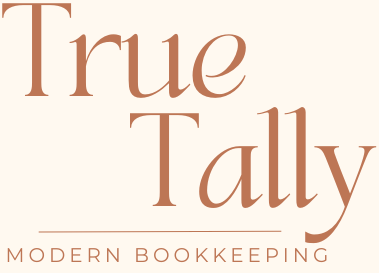Starting a business is an exciting journey, but ensuring your financial processes are robust from day one is essential for long-term success. Here’s a comprehensive guide tailored to female entrepreneurs in service-based industries to help you navigate the financial landscape effectively.
Step 1: Choose the Right Business Structure
Your financial setup begins with selecting the correct business structure—sole trader, partnership, company, or trust. Each has unique tax implications and reporting requirements.
- Sole Trader: Simple setup, lower costs, but personal liability for business debts.
- Partnership: Shared responsibility and profits, with individual tax on shares.
- Company: Limited liability, but more complex reporting and higher costs.
- Trust: Tax-efficient but requires a trustee and detailed management.
Useful Link: ATO Business Structures Guide
Step 2: Open a Business Bank Account
Keep personal and business finances separate. A dedicated business bank account simplifies expense tracking, tax reporting, and cash flow management.
- Compare Features: Look for low fees, online banking, and integration with accounting software.
- Use Overdrafts Carefully: Only as a backup to manage temporary cash flow gaps.
Step 3: Register for an ABN and Relevant Taxes
An Australian Business Number (ABN) is mandatory for invoicing and claiming GST credits. Depending on your projected turnover, you may also need to:
- Register for GST if your turnover exceeds $75,000.
- Pay PAYG Withholding for employees.
- Manage Fringe Benefits Tax (FBT) if applicable.
Useful Link: ABR Register for an ABN
Step 4: Invest in Accounting Software
Cloud-based accounting software streamlines invoicing, expense tracking, and compliance.
- Popular Tools: MYOB, Xero, QuickBooks.
- Automation: Automate recurring invoices and superannuation payments.
- Integration: Sync with your bank account for real-time updates.
Step 5: Develop a Record-Keeping System
Accurate records are essential for audits, tax reporting, and financial planning.
- Digital or Manual: Choose a system that suits your workflow.
- Document Everything: Include receipts, invoices, and contracts.
- Retention Period: Keep records for at least five years.
Useful Link: ATO Record-Keeping Guidelines
Step 6: Create a Budget and Forecast
Budgets and cash flow forecasts provide a roadmap for your financial decisions.
- Categorize Expenses: Fixed (rent) vs. variable (marketing).
- Plan for Growth: Allocate funds for expansion or new services.
- Update Regularly: Adjust based on actual performance and market trends.
Step 7: Understand Compliance Deadlines
Stay ahead by noting critical dates:
- BAS Lodgments: Monthly, quarterly, or annual reporting.
- Superannuation Contributions: Quarterly deadlines.
- Income Tax: Annual returns based on your structure.
Step 8: Build a Financial Support Network
Seek professional guidance to strengthen your financial processes.
- Bookkeepers: For day-to-day financial management.
- Accountants: For tax planning and compliance.
- Mentors: Experienced business owners who can offer practical advice.
Final Thoughts
Building strong financial processes from the outset sets the foundation for sustainable growth. Take proactive steps, seek expert help when needed, and adapt to changes in regulations to keep your business thriving.
Useful Link: ASIC MoneySmart Starting a Business
